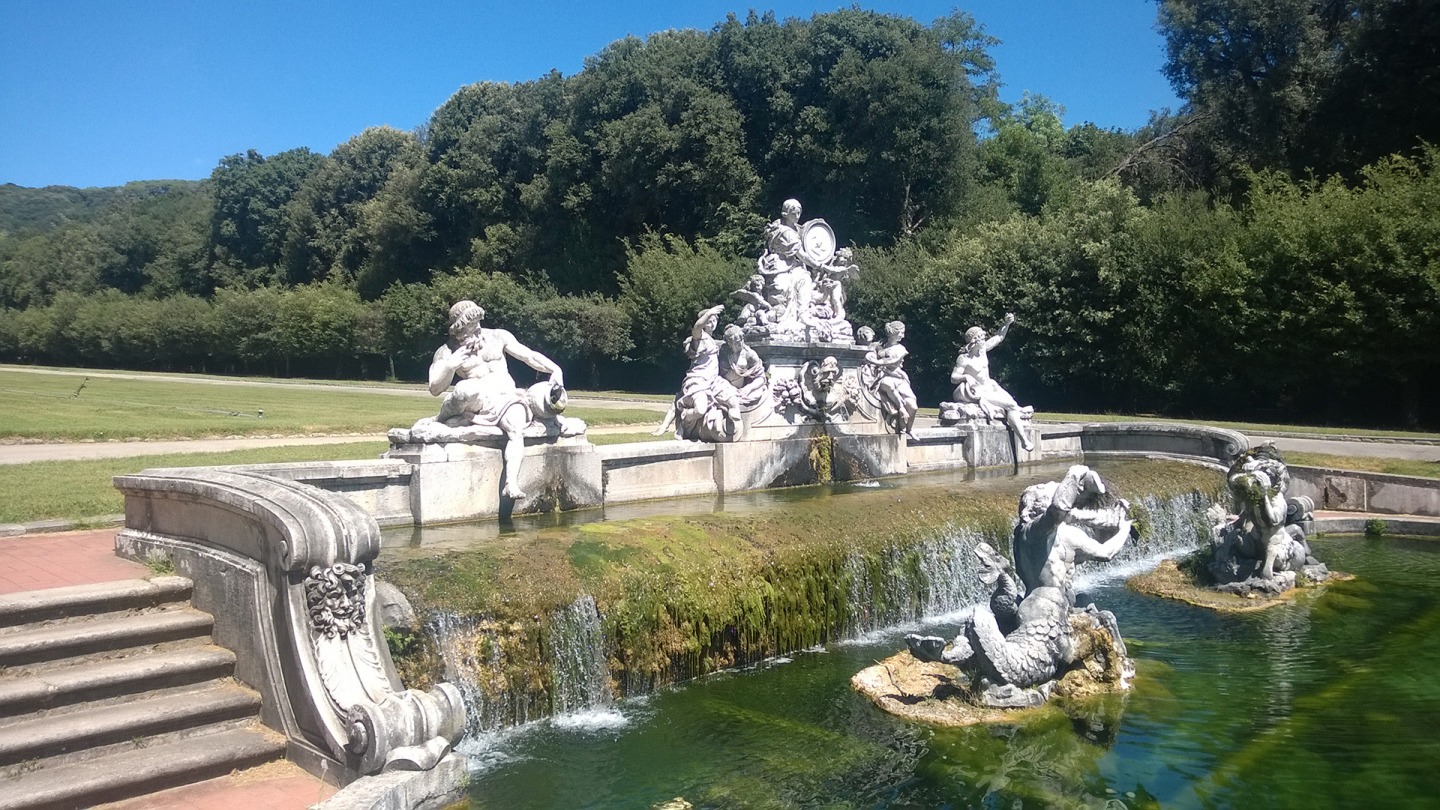Tour Description
When the roman empire finally dissolved, Italy scrambled into a countless number of political entities. City states, republics, duchies, kingdoms and so on.
The kingdom of Naples, created by the Normans in the eleven hundred enjoyed a glorious and remarkable history and lasted until 1861, year when the whole Italian peninsula was, eventually, politically unified by the joint efforts of "Risorgimento" patriots, who believed in a united Italian homeland and an ambitious aristocratic family from north eastern Italy, the "savoy, that considered itself to be the rightful inheritor of a unified Italian crown.
Helped by European financial and political entities, the savoy's political agenda came true stripping Naples of its capital city status and forcing its rightful king Francis the 2nd to flee. In nearly eight hundred years of history Naples expressed high levels of culture, art, architecture which can be seen all over its territory. The Royal Palace of Caserta, "la Reggia di Caserta" is one of the most sumptuous palaces ever to be built for a king. In 1751 Charles of bourbon, king of Naples, engaged lug Vanvitelli, one of the best architects of the time, to design a palace so luxurious to become the envy of the greatest European sovereigns. The immense dwelling is made up of four courtyards and more than a thousand rooms, chapels, museums and theatres. In the 120-hectare park surrounding it, wide boulevards, fountains, waterfalls and magnificent gardens tell of an extremely rich and refined lifestyle. The residence is an explosion of art, marble statues, paintings, stuccoes and furniture that all speak of an immense fortune and good taste that one of the greatest and oldest European aristocratic families expressed.
This tour will take the visitor through an amazing piece of European history. Once, the third most important capital of Europe, Naples was first in Italy and among the earliest in Europe to build a railway or a steam powered boat, an astronomy observatory and experiment an industrial village like no other in the whole world. San Leucio’s silk factory, one of the incredible destinations of this tour, a hidden treasure, a pearl that is unknown by the majority of tourists who come to this part of Italy.
Not far from the "Reggia" is the village of San Leucio "San Leucio" a suburb of the town of Caserta where in the 1700's a state of the art, for those days,
State of the art silk factory was installed by king Ferdinand the 4th. This village enjoyed of a special statute with utopic, for those days, rules. The workers employed by the royal silk factory and their families enjoyed equal rights, mandatory free education for their children and a share of the factory profits was put into a fund to aid the sick and the elderly.
The silk produced in san leucio became known all over Europe and even to this day it is priced the world over. The site is nowadays a magnificent working museum where the original machineries are still producing using original methods a high quality silk and can be visited giving the traveler a unique insight on an ancient and marvelous piece of human history.
The other destination on this tour is "Caserta vecchia", old Caserta. An unforgettable and most evocative well preserved medieval village. Here amid cobbled stone paved narrow streets, a mysterious castle, aristocratic palaces and ancient churches old traditions are deeply felt and a farmhouse culinary fame make this place a haven to whom appreciates simple, earthy and genuine country style food and wine.
 What’s included?:
What’s included?:
 Not included:
Not included:





